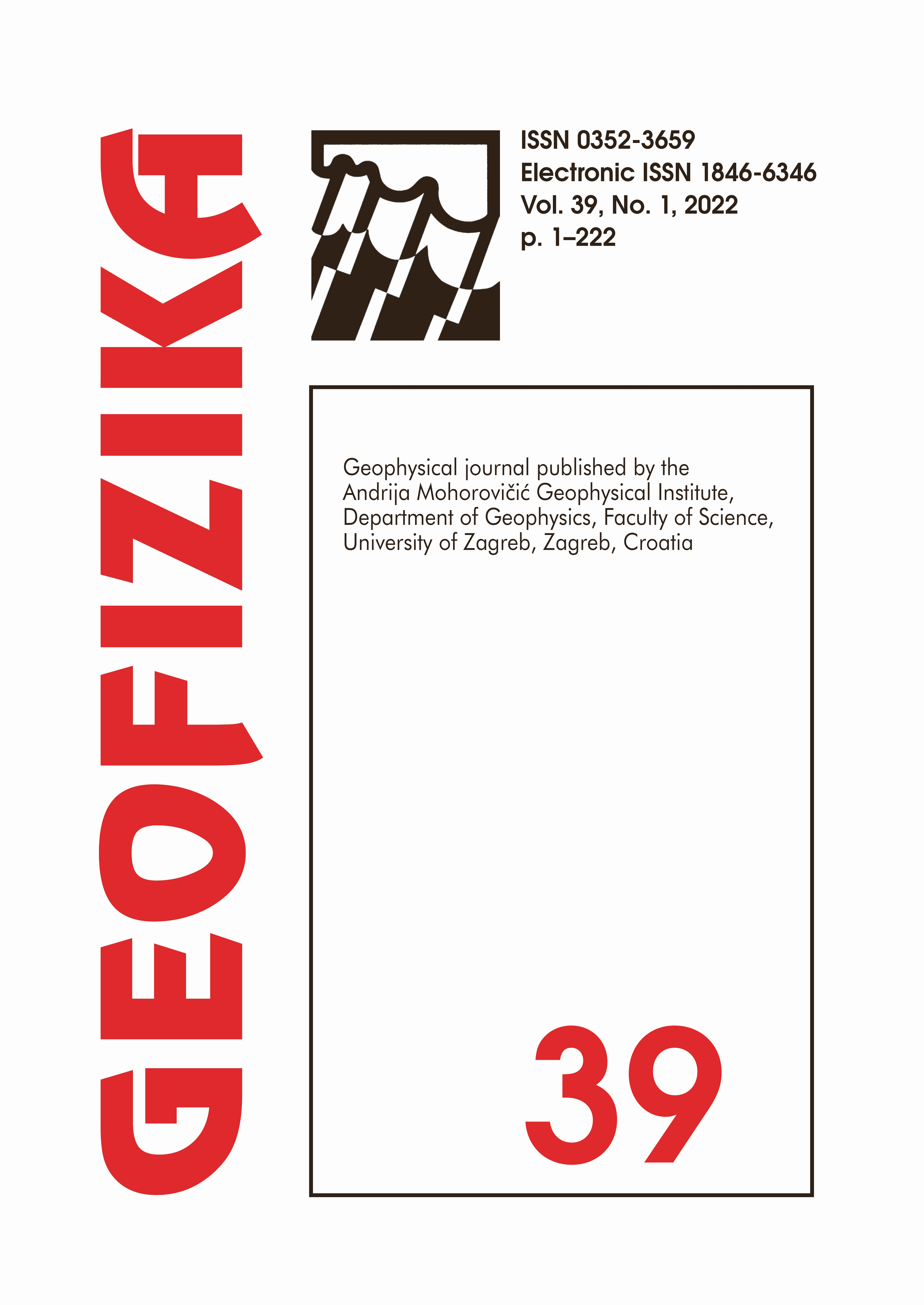PM10 and the air quality stress index in an industrial city of Eastern Mediterranean
DOI:
https://doi.org/10.15233/gfz.2022.39.4Keywords:
PM10, air quality stress index, dust transport episodesAbstract
The contribution of PM10 to the daily Air Quality Stress Index (AQSI) was examined in a heavily affected industrial city of Eastern Mediterranean (Aspropyrgos, Greece). For this purpose, hourly values of four pollutants (SO2, NO2, O3, and PM10) were analyzed between 2012 and 2020, revealing that the main contributor to AQSI levels came from PM10 (between 17% and 90% to the daily AQSI), with a moderate annual variability and a spring peak. Excluding PM10, the AQSI always remained below the threshold of 0.8. To identify the atmospheric source of PM10 peaks, the Flextra - Air mass trajectories model was applied to 47 cases when the upper thresholds were exceeded. The empirical results of the model show that dust transport episodes, mainly from Sahara Desert, contribute to the daily levels of PM10 and, for generalization, to AQSI.
Downloads
Published
Issue
Section
License
Copyright (c) 2022 Geofizika Journal

This work is licensed under a Creative Commons Attribution-NonCommercial 4.0 International License.

